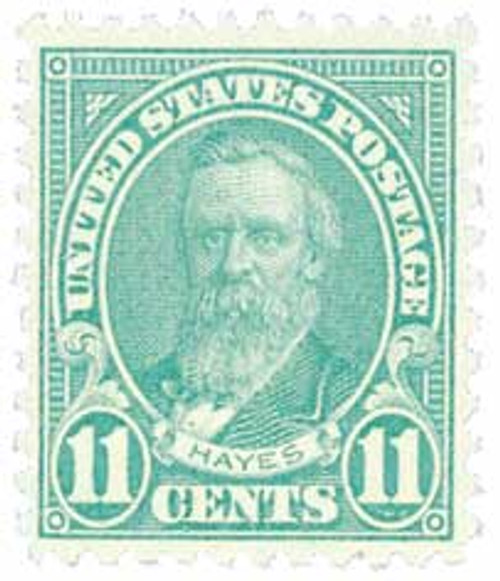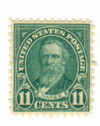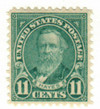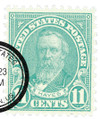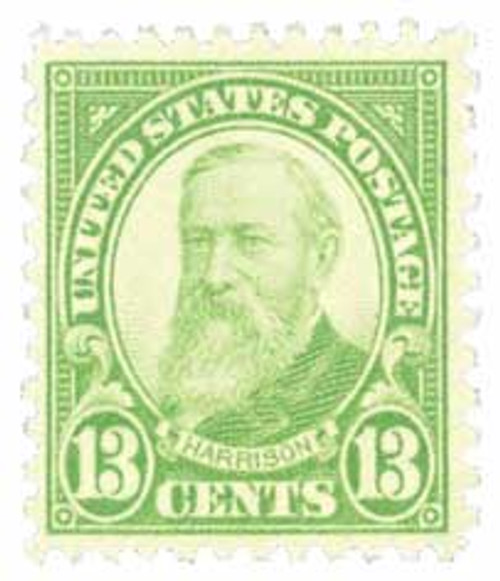
# 692 - 1931 11c Hayes, light blue
The Most Perfect U.S. Stamps?
Issued as the U.S. spiraled into the Great Depression, the beautifully engraved Series of 1926-31 captures the spirit of America – the wisdom of our greatest leaders, the power of the majestic Niagara Falls, and the romance of the Wild West. This achievement is even more impressive when one considers the limitations the Bureau of Engraving and Printing worked with during the worldwide Depression.
“This series of definitive stamps represents, if not perfection, then at least a high degree of achievement by the Bureau of Engraving and Printing.”
– Noted philatelic author Gary GriffithThe Series of 1926-31 features the historic designs and patriotic symbolism of the Series of 1922. However, the new series was printed on a rotary intaglio press, saving time and money as it was printed in continuous rolls. The rolls were then threaded into a perforator, pulled through the machine under high tension, and perforated horizontally and vertically in a single step. A 10-gauge perforation had been the standard used to prevent the paper from tearing during production. To overcome complaints that stamps perforated 10 gauge were hard to separate, a quantity of the 2¢ stamps (U.S. #634, the first Series of 1926-31 denomination to be issued) were given experimental perforations of 11 x 101/2.
The experiment was a success – the stamps were sturdy enough to withstand the production process yet easy to separate for postal use. The Bureau of Engraving and Printing applied the compound perforations to the entire Series of 1926-31. In fact, the compound perforation stamps were so successful the format was used for the next 10 years, including the 1938 Presidential and 1954 Liberty Series.
Battle Of Cedar Creek
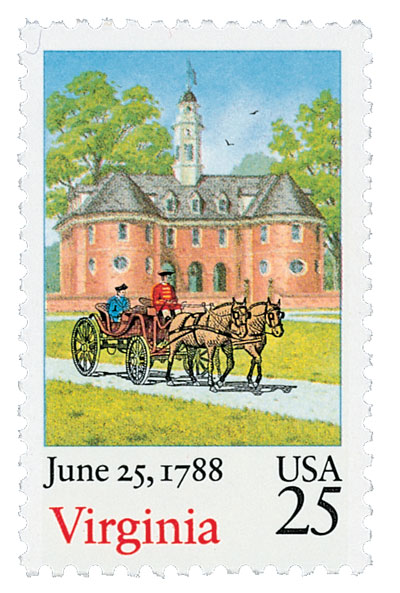
On October 19, 1864, North and South converged at Cedar Creek, Virginia in what would be the last Confederate attempt to invade the North.
After the Battle at Opequon, General Jubal Early retreated with his Southern Army to Waynesboro. Union General Philip Sheridan took advantage of the open Shenandoah Valley and began his scorched-earth campaign. The army burned crops, mills, and factories in order to cut off the South’s source of food and supplies.
Meanwhile, Early was reinforced and decided to go on the attack. He had received a note from commander Robert E. Lee instructing him, “You had better move against [Sheridan] and endeavor to crush him.” Early planned a surprise assault on the Union camp at Cedar Creek, hoping to follow through on Lee’s orders.
Early set his army in place on the evening of October 18, 1864. The first of three columns began their march shortly after darkness fell. Traveling through a narrow path, they arrived to the east of the Union camp undetected. The other two columns started getting into position at about 1:00 a.m. About two hours later, all three units were in place.
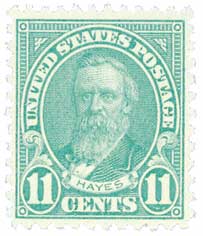
The division in the middle was the first to attack at 5:00 a.m. and was quickly joined by the rest. The Union Army was taken by surprise, and many men fled in panic. Captain Henry du Pont was one of the few who kept calm. He turned the artillery on the advancing Confederates and stalled them long enough for the Union to establish a rallying point to the north.
Union General William Emory and his XIX corps were northwest of the initial assault. After hearing the sounds of battle and seeing the retreating troops, he turned his line to face the oncoming Confederates. As a result, he created an opening for another column of the Southern Army at a bridge on Cedar Creek. In spite of this mistake, Emory’s actions slowed the enemy enough to allow time for most units and the supply trains to be withdrawn to safety, and for another corps to prepare a defensive line to the north.
At 7:15, the charging Confederates hit the new defensive line and pushed the Union troops farther back. They joined another federal division, but the Southern attack kept moving forward. One division defended its position on a hill in spite of heavy Confederate artillery fire. This allowed the remaining federal forces to form a line about a mile to the north.
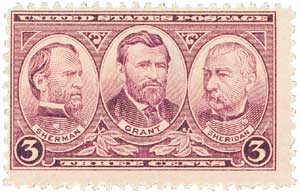
Sheridan had spent the night in Winchester, 12 miles from Cedar Creek. He received reports of gunfire early in the morning but did not feel the news required immediate action. After obtaining additional information, the general saddled his horse and began the trip by 9:00 a.m. As he rode, he noticed the increase in battle sounds and realized his army was retreating.
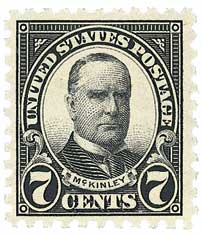
Sheridan ordered a line of men (commanded by captain William McKinley) to be set up to intercept those who were running away and send them back to the battlefield. He reached the defensive line that was forming by about 10:30. His presence gave confidence to the Union soldiers as he promised, “We’ll make coffee out of Cedar Creek tonight!”
The Southern Army had their opponents on the run. They had captured 1,300 Union prisoners and much-needed cannons. Continuing the pursuit may have led to a major victory. But the soldiers were hungry and poorly equipped, so the abandoned Union supplies proved to be a great temptation. They quickly fell out of formation and began collecting whatever they could use. Early halted the advance to reorganize. One of his division commanders, John Gordon, later reflected, “My heart went into my boots. Visions of the fatal halt [at Gettysburg and The Wilderness] rose before me.”
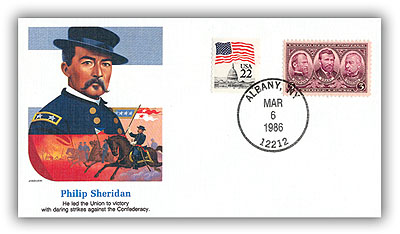
After a few hours, Early ordered Gordon to attack but “not if he found the enemy’s line too strong to attack with success.” They fired one volley then withdrew. The Union Army began their counterattack at about 4:00 p.m. Cavalry pushed against both Confederate flanks. The main force assaulted the centerline. After an hour’s resistance, the cavalry broke through the Confederate left flank. Southern soldiers made a disorganized retreat. They were forced to leave the captured guns and supply wagons. The Confederate Army of the Valley lost all the ground they had gained that day. That night, the Union troops made coffee from water taken from Cedar Creek as Sheridan had predicted.
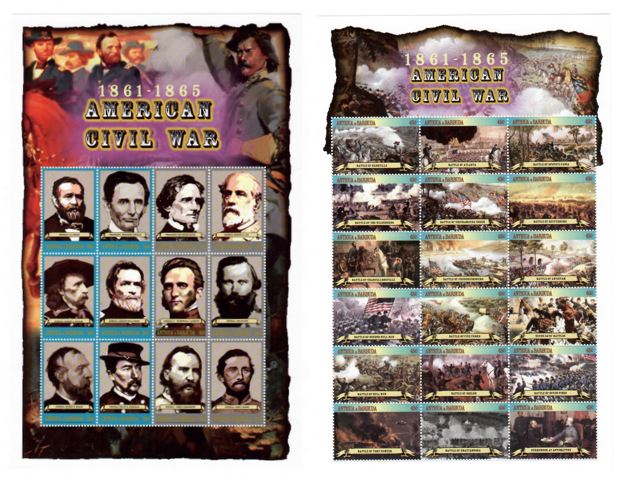
Northern states were no longer in danger of invasion from the Shenandoah Valley, and the South lost important economic resources. Sheridan was a hero for rallying his troops and organizing a successful attack. Grant ordered a 100-gun salute at Petersburg in his honor. In March of 1865, he joined Grant at the siege. Early’s days as a commander were almost over. After wintering in nearby Waynesboro, he reported to General Lee the following spring. Lee sent Early home.
The Most Perfect U.S. Stamps?
Issued as the U.S. spiraled into the Great Depression, the beautifully engraved Series of 1926-31 captures the spirit of America – the wisdom of our greatest leaders, the power of the majestic Niagara Falls, and the romance of the Wild West. This achievement is even more impressive when one considers the limitations the Bureau of Engraving and Printing worked with during the worldwide Depression.
“This series of definitive stamps represents, if not perfection, then at least a high degree of achievement by the Bureau of Engraving and Printing.”
– Noted philatelic author Gary GriffithThe Series of 1926-31 features the historic designs and patriotic symbolism of the Series of 1922. However, the new series was printed on a rotary intaglio press, saving time and money as it was printed in continuous rolls. The rolls were then threaded into a perforator, pulled through the machine under high tension, and perforated horizontally and vertically in a single step. A 10-gauge perforation had been the standard used to prevent the paper from tearing during production. To overcome complaints that stamps perforated 10 gauge were hard to separate, a quantity of the 2¢ stamps (U.S. #634, the first Series of 1926-31 denomination to be issued) were given experimental perforations of 11 x 101/2.
The experiment was a success – the stamps were sturdy enough to withstand the production process yet easy to separate for postal use. The Bureau of Engraving and Printing applied the compound perforations to the entire Series of 1926-31. In fact, the compound perforation stamps were so successful the format was used for the next 10 years, including the 1938 Presidential and 1954 Liberty Series.
Battle Of Cedar Creek

On October 19, 1864, North and South converged at Cedar Creek, Virginia in what would be the last Confederate attempt to invade the North.
After the Battle at Opequon, General Jubal Early retreated with his Southern Army to Waynesboro. Union General Philip Sheridan took advantage of the open Shenandoah Valley and began his scorched-earth campaign. The army burned crops, mills, and factories in order to cut off the South’s source of food and supplies.
Meanwhile, Early was reinforced and decided to go on the attack. He had received a note from commander Robert E. Lee instructing him, “You had better move against [Sheridan] and endeavor to crush him.” Early planned a surprise assault on the Union camp at Cedar Creek, hoping to follow through on Lee’s orders.
Early set his army in place on the evening of October 18, 1864. The first of three columns began their march shortly after darkness fell. Traveling through a narrow path, they arrived to the east of the Union camp undetected. The other two columns started getting into position at about 1:00 a.m. About two hours later, all three units were in place.

The division in the middle was the first to attack at 5:00 a.m. and was quickly joined by the rest. The Union Army was taken by surprise, and many men fled in panic. Captain Henry du Pont was one of the few who kept calm. He turned the artillery on the advancing Confederates and stalled them long enough for the Union to establish a rallying point to the north.
Union General William Emory and his XIX corps were northwest of the initial assault. After hearing the sounds of battle and seeing the retreating troops, he turned his line to face the oncoming Confederates. As a result, he created an opening for another column of the Southern Army at a bridge on Cedar Creek. In spite of this mistake, Emory’s actions slowed the enemy enough to allow time for most units and the supply trains to be withdrawn to safety, and for another corps to prepare a defensive line to the north.
At 7:15, the charging Confederates hit the new defensive line and pushed the Union troops farther back. They joined another federal division, but the Southern attack kept moving forward. One division defended its position on a hill in spite of heavy Confederate artillery fire. This allowed the remaining federal forces to form a line about a mile to the north.

Sheridan had spent the night in Winchester, 12 miles from Cedar Creek. He received reports of gunfire early in the morning but did not feel the news required immediate action. After obtaining additional information, the general saddled his horse and began the trip by 9:00 a.m. As he rode, he noticed the increase in battle sounds and realized his army was retreating.

Sheridan ordered a line of men (commanded by captain William McKinley) to be set up to intercept those who were running away and send them back to the battlefield. He reached the defensive line that was forming by about 10:30. His presence gave confidence to the Union soldiers as he promised, “We’ll make coffee out of Cedar Creek tonight!”
The Southern Army had their opponents on the run. They had captured 1,300 Union prisoners and much-needed cannons. Continuing the pursuit may have led to a major victory. But the soldiers were hungry and poorly equipped, so the abandoned Union supplies proved to be a great temptation. They quickly fell out of formation and began collecting whatever they could use. Early halted the advance to reorganize. One of his division commanders, John Gordon, later reflected, “My heart went into my boots. Visions of the fatal halt [at Gettysburg and The Wilderness] rose before me.”

After a few hours, Early ordered Gordon to attack but “not if he found the enemy’s line too strong to attack with success.” They fired one volley then withdrew. The Union Army began their counterattack at about 4:00 p.m. Cavalry pushed against both Confederate flanks. The main force assaulted the centerline. After an hour’s resistance, the cavalry broke through the Confederate left flank. Southern soldiers made a disorganized retreat. They were forced to leave the captured guns and supply wagons. The Confederate Army of the Valley lost all the ground they had gained that day. That night, the Union troops made coffee from water taken from Cedar Creek as Sheridan had predicted.

Northern states were no longer in danger of invasion from the Shenandoah Valley, and the South lost important economic resources. Sheridan was a hero for rallying his troops and organizing a successful attack. Grant ordered a 100-gun salute at Petersburg in his honor. In March of 1865, he joined Grant at the siege. Early’s days as a commander were almost over. After wintering in nearby Waynesboro, he reported to General Lee the following spring. Lee sent Early home.

